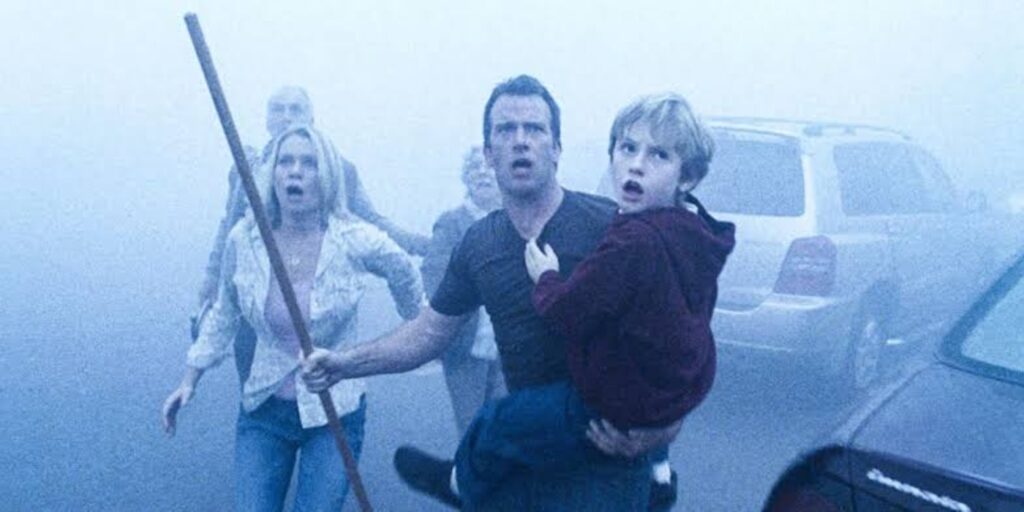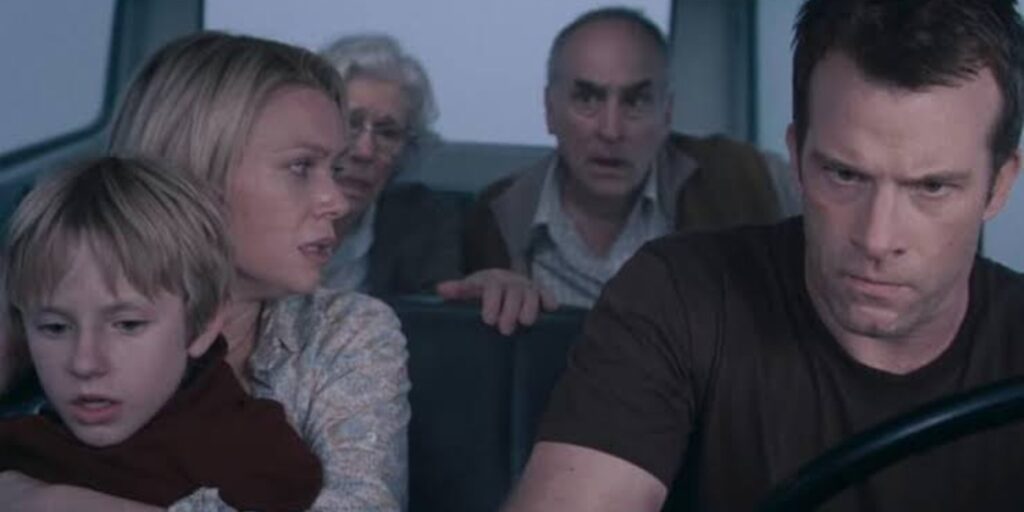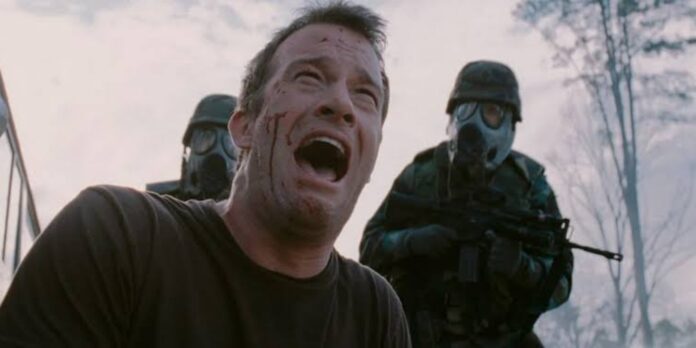Horror movies have always had the power to linger in the back of our minds long after the credits roll. Some endings startle us with jump scares, others with emotional devastation. However, only a few leave you questioning the director’s state of mind. That’s exactly what ‘The Mist’ does.
Its ending is not just surprising or bleak; it’s soul-crushing. It challenges everything we expect from a horror movie and leaves us questioning the very nature of hope, survival, and sacrifice.
How ‘The Mist’ Builds To The Breaking Point

Directed by Frank Darabont and adapted from a novella by Stephen King, ‘The Mist‘ is a masterclass in slow-burn terror and moral unraveling. But it’s the final ten minutes of the film that truly elevate it into something unforgettable. The film has an ending so cruel and unexpected that it has etched itself into one of the most haunting conclusions ever put to screen.
Related: 10 Underrated Horror Thrillers That Will Haunt Your Nightmares
At first glance, ‘The Mist’ plays like many other survival horror films. A mysterious fog blankets a small town, trapping a group of strangers inside a grocery store. Within the mist, there are terrifying, otherworldly creatures that kill anything that moves. As fear takes hold, the group begins to fracture, not because of the external threat, but because of internal divisions, particularly the rise of a religious zealot, Mrs. Carmody, who claims the mist is divine punishment.
While monsters from another dimension are horrifying, what truly rattled viewers while watching the film was the psychological deterioration of the characters. David Drayton, the protagonist, starts off as a rational, well-meaning father. But as the situation grows more hopeless, David, like the rest of the group, begins to unravel.
The film meticulously builds this sense of dread. It’s not just the fear of death, it’s the fear of losing one’s humanity. You find yourself wondering: What would I do in their place? Would I run into the mist? Would I give up? As tensions rise and the body count grows, the audience becomes as desperate as the characters. And just when you think there might be a sliver of light at the end of the tunnel, Darabont shatters it into a thousand pieces.
The Ending That Shook The World

When David and a small group of survivors finally escape the grocery store, there’s a moment of relief. They’ve made it out. They have a car, a few supplies, and a plan to drive until the mist ends, or until they can’t go any further. There’s a flicker of hope, however faint. And then it happens. They ran out of gas. Stranded in the mist with creatures closing in and no escape in sight.
In case you missed it: The Real-Life Horrors That Inspired Stephen King’s Killer Clown In ‘IT’
This pushes David to make a heartbreaking decision that no one sees coming. He picks up the only gun they had and kills the others in the car, including his own son, to spare them what he believes will be a far worse death. The scene is brutally quiet. There’s no music, no dramatics, just four gunshots. Four impossible choices. And then nothing. The moment that followed is forever burned into my head.
David steps outside, ready to die himself. But the monsters never come. Instead, through the mist, emerge tanks and soldiers. The U.S. military has arrived to save citizens. He falls to his knees and screams, like any person would. It is not just the worst-case scenario. It is worse than anyone could have imagined. He killed the people he loved moments before they would have been saved.
Interestingly, this ending was not in Stephen King’s original novella. In the book, the story ends with ambiguity. David and the survivors drive into the mist, hoping for salvation. It’s open-ended, perhaps even optimistic. However, Darabont clearly wasn’t satisfied with ambiguity. He wanted finality, impact, and tragedy. Stephen King himself has praised the change. He called Darabont’s ending “terrific.”





